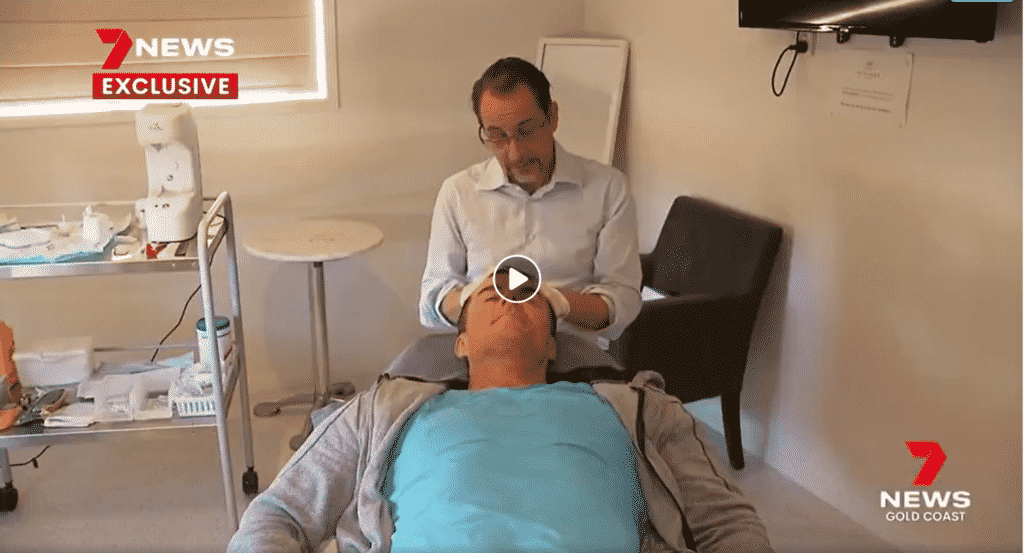Bruising is a relatively common side effect of cosmetic injectables, so I thought it would be a good idea to discuss it in a little more detail. I want to explain what bruises are, what causes them, and how to minimise the risk of a bruise.
Bruises are essentially a leakage of blood into the tissues. A little leak causes a small bruise, a larger leak causes a bigger bruise. The blue colour comes from the colour of the de-oxygenated blood in the tissues. As the blood ages and is removed by the body it changes colour from blue to green to yellow. Bruises always take 1-2 weeks to fade completely, are always temporary, and can usually be camouflaged with makeup.
In Cosmetic Medicine they are usually caused by a needle prick piecing a small vessel in the skin. This is not harmful, but the pierced vessel leaks and causes a bruise. They can also be caused by light therapies such as IPL and Laser. Often we can see the bigger veins in the skin and aim to miss them, but smaller and deeper vessels are invisible. This is why I always explain to patients that bruises are fairly un-common in our clinic, but that every time a needle pierces the skin there is a risk of a bruise. Considering the number of vessels in the face, it’s probably surprising that bruising happens as uncommonly as it does.
Some areas are more prone to bruising than others. The eyelid skin is particularly fine and vascular and prone to bruising, and the areas below the corner of the mouth (the “marionette” line) and in the mid cheek have large deep vessels underneath and are also prone to bruising.
Remember that some drugs and health supplements increase the risk of bruising – particularly anti-inflammatory drugs (Aspirin, Nurofen, Voltaren, etc, but not Paracetamol), fish and krill oil, vitamin E and Gingko. Alcohol is probably also a substance that increases bruising. Therefore if you are concerned about bruising it is probably wise to abstain from any of these drugs for a week or two before treatment.
Once a bruise is occurring the best treatment is to apply steady finger tip pressure for a minute or so. This will usually minimise a bruise to a very small size – maybe 3-5mm or less. Once a bruise has happened there is very little that can be done – although application of a cream called Hirudoid (available at chemists) may speed resolution. Arnica is a natural supplement thought by some to reduce bruising. To date there are few studies on Arnica, and most have not shown a marked benefit.
Fortunately many of our injection techniques are either too superficial to hit a vessel, or too deep to cause a noticeable bruise.
So please understand that we will do everything that we can to prevent bruising, but that it is always a risk. I truly believe that we have much less bruising here than in many clinics. However, if you have an important social or work event on the horizon, it may be best not to have any injectables in the week leading up to it just in case.
Dr Christopher Leat

